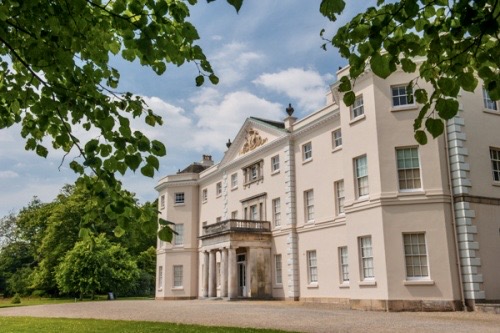We recommend visiting the National Trust website to plan your visit
Saltram overlooks the River Plym and is set in a rolling landscape park that provides precious green space on the outskirts of Plymouth
Strolling along the riverside or through the woodland, you can almost forget that the city lies so close by
Saltram was home to the Parker family from 1743, when an earlier mansion was remodelled to reflect the family’s increasingly prominent position. It’s magnificently decorated, with original contents including Chinese wallpapers and an exceptional collection of paintings (several by Sir Joshua Reynolds). It also has a superb country house library and Robert Adam’s Neo-classical Saloon
Learn about some of the fascinating characters and family stories, including the correspondence between Frances, the first Countess, and Jane Austen
The garden is mostly 19th century, with a working 18th-century orangery and follies, beautiful shrubberies and imposing specimen trees providing year-round interest
The House usually decorates in a theme a Christmas time and opens/closes different parts of the house to better set the themed scene
- Parking
- Dogs are not permitted in the house or garden but may be walked in the surrounding parkland



